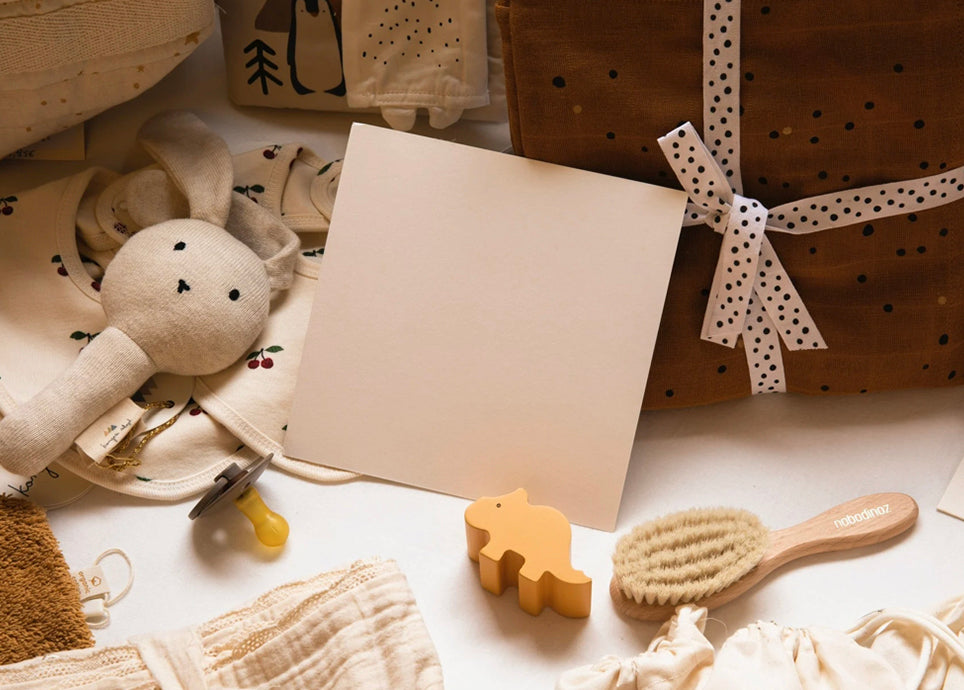Manger avec des enfants
Manger avec des enfants n'est pas facile. Souvent, ils ne finissent pas leur assiette, gâchent beaucoup, se plaignent de ne pas aimer ça ou de ne pas vouloir quitter la table. Ce blog partagera quelques conseils sur la meilleure façon de gérer les enfants à table.
Astuce 1 : Moins d'appétit, c'est possible
Assurez-vous que les attentes que vous avez envers votre enfant sont réalistes. Les enfants d’âge préscolaire ont souvent du mal à rester assis pendant de longues périodes. Ils sont facilement distraits. De plus, ils deviennent rapidement agités et occupés s’ils pensent que le repas prend trop de temps ou s’ennuie pour eux. Certaines choses ne leur plairont pas (encore). Tant que vous leur proposez une alimentation variée, il n’est pas nécessaire de les forcer à manger quoi que ce soit. Tous les enfants ont des jours où ils ont moins faim.
Conseil 2 : Mangez à heures fixes
Il est préférable de prendre un repas trois fois par jour et de prendre également une collation à heures fixes le matin et l'après-midi. Donnez à votre enfant une portion que vous savez qu'il peut manger. Demandez à votre enfant d'en redemander lorsqu'il a tout mangé. Expliquez à votre enfant qu'il ne peut manger qu'à ces heures-là et qu'il n'a pas le droit de prendre des collations entre les deux. Il peut être utile de déterminer une heure fixe pour la durée du repas. Expliquez clairement à votre enfant la durée du repas. Souvent, 20 à 30 minutes suffisent. Il peut être utile d'utiliser une minuterie (de cuisson) à cet effet.
Astuce 3 : Expliquez les règles de la table
Préparez votre enfant pour le dîner afin qu'il ait le temps de terminer ce qu'il fait. Dites à la table quelles sont les règles en vigueur. Limitez-vous à 2 à 3 lignes. Lorsque vous énoncez les règles, essayez de dire ce que votre enfant est autorisé à faire plutôt que ce qui n'est pas autorisé. Par exemple; « restez assis jusqu'à ce que vous puissiez quitter la table », « mangez avec une cuillère ou une fourchette » ou « mangez votre bouche avant de parler ». Vous pouvez choisir de laisser votre enfant apprendre à nommer lui-même les règles au fil du temps. Déterminez à l’avance comment vous réagirez à un comportement indésirable. Dites à votre enfant ce qui se passera s'il ne respecte pas les règles.
Conseil 4 : Récompensez votre enfant
Si votre enfant suit bien les règles, vous souhaiterez peut-être le récompenser davantage pour cela. Dites à votre enfant quelle est la récompense s'il respecte les règles en mangeant. Par exemple : des boissons ou de la nourriture spéciales, un jeu après le dîner ou une histoire supplémentaire avant d'aller dormir.
Astuce 5 : À table lorsque les plats sont prêts
Assurez-vous que tout ce dont vous avez besoin est prêt avant de dire à votre enfant qu'il peut s'asseoir à table. Cela peut éviter une attente inutile. Placez votre enfant à son siège lorsque le dîner est prêt. Mettez les jouets ou autres objets distrayants hors de vue. Par exemple, éteignez la télévision.
Conseil 6 : demandez et dites
Félicitez votre enfant lorsqu'il mange proprement et respecte les règles. Encouragez votre enfant à ne parler que lorsque la bouche est vide. Essayez d'entamer une conversation, par exemple, en lui posant des questions sur ce que votre enfant a vécu. Vous pouvez également choisir de raconter vous-même quelque chose sur votre journée. Cela signifie que l’accent n’est pas tant mis sur le fait de manger beaucoup ou non, mais plutôt sur le fait de passer de bons moments ensemble.
Conseil 7 : Ignorez les petits problèmes
Il est préférable d'« ignorer » les petits problèmes tels que pleurnicher, pleurnicher, tergiverser ou jouer avec la nourriture. Mangez tranquillement et ne regardez pas votre enfant. Continuez ainsi jusqu'à ce que le comportement problématique cesse. Par exemple, impliquez-le à nouveau dans la conversation. Préparez-vous à ce que le comportement s'aggrave souvent lorsque vous commencez à l'ignorer. Si vous ignorez d'abord le comportement pendant un certain temps, puis réagissez, votre enfant apprendra qu'il doit continuer. Bien sûr, il y a aussi des comportements difficiles à ignorer, comme quitter la table à plusieurs reprises pour jouer avec des frères ou des sœurs ou lancer des jouets. Si cela se produit, dites à votre enfant d’arrêter immédiatement de faire cela et dites-lui ce qu’il doit faire.
Conseil 8 : Arrêtez les comportements indésirables
Mettez votre enfant de côté s'il ne fait pas ce que vous lui demandez ou ne respecte plus les règles. Dites à votre enfant ce qui ne va pas et quelles en sont les conséquences. Placez votre enfant près de vous, sur une chaise. Dites à votre enfant qu'il doit rester silencieux pendant 2 minutes avant de pouvoir quitter la place assise. Lorsque vous êtes assis, ne faites pas attention à votre enfant. Si votre enfant ne peut pas rester assis, utilisez la méthode du temps mort. Cela signifie que vous retirez votre enfant de la situation où le problème est survenu. Le but est d’aider votre enfant à se calmer à nouveau. Emmenez votre enfant dans un endroit ou une pièce sans intérêt et dites-lui de se taire pendant 2 minutes. Félicitez votre enfant lorsqu'il se comporte bien. Vous devrez peut-être répéter la position assise ou faire une pause plusieurs fois avant que le comportement indésirable ne cesse.
Astuce 9 : Faites des compliments après le repas
Le repas sera terminé dans 20 ou 30 minutes environ, ou plus tôt si tout le monde a fini de manger. Retirez les assiettes de la table, même si votre enfant n'a pas encore fini de manger. Après avoir mangé, dites à votre enfant ce qui, selon vous, s'est bien passé pendant le repas. Félicitez votre enfant et donnez-lui la récompense dont vous avez convenu pour le moment. Ne nourrissez plus jusqu’au prochain repas. Ou décrivez brièvement la règle que votre enfant a oubliée et fixez-vous un objectif pour la prochaine fois. Par exemple : « Demain, nous essaierons à nouveau de rester à table ».

















laissez un commentaire
Ce site est protégé par hCaptcha, et la Politique de confidentialité et les Conditions de service de hCaptcha s’appliquent.